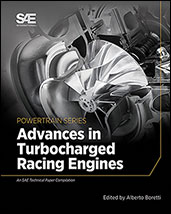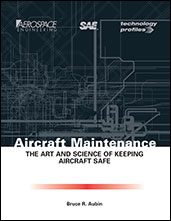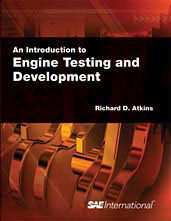Book

48-Volt Developments
2015-11-09
Development of higher-voltage electrical systems in vehicles has been slowly progressing over the past few decades. However, tightening vehicle efficiency and emissions regulations and increasing demand for onboard electrical power means that higher voltages, in the form of supplemental 48 V subsystems, may soon be nearing production as the most cost-effective way to meet regulations. The displacement of high-wattage loads to more efficient 48 V networks is expected to be the next step in the development of a new generation of mild hybrid vehicles. In addition to improved fuel economy and reduced emissions, 48 V systems could potentially save costs on new electrical features and help better address the emerging needs of future drivers. Challenges to 48 V system implementation remain, leading to discussions by experts from leading car makers and suppliers on the need for an international 48 V standard. Initial steps toward a proposed standard have already been taken.



















